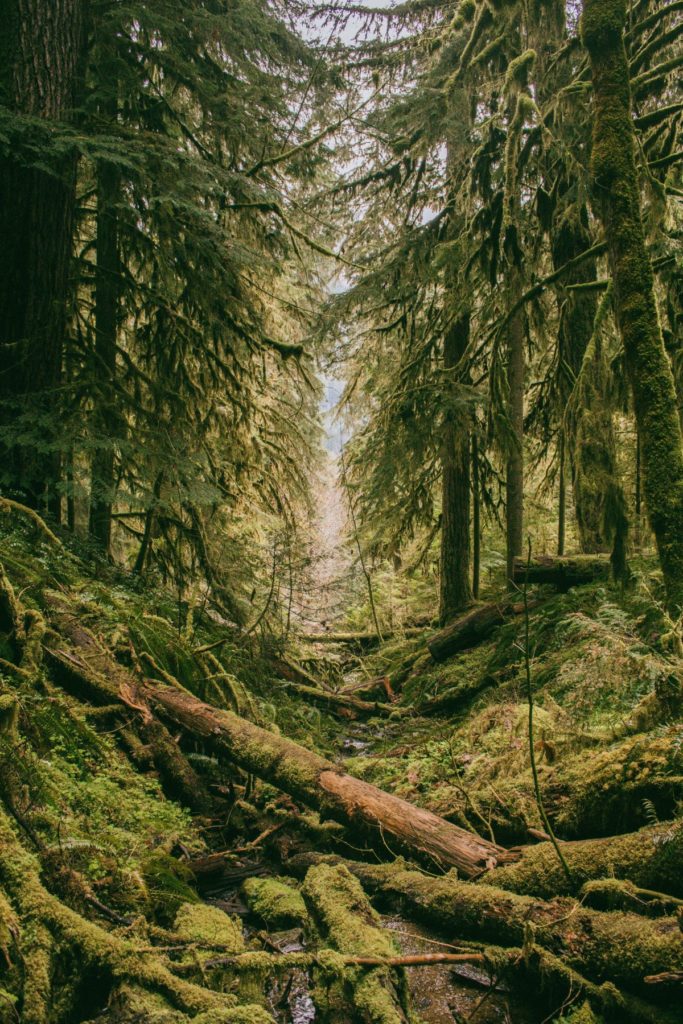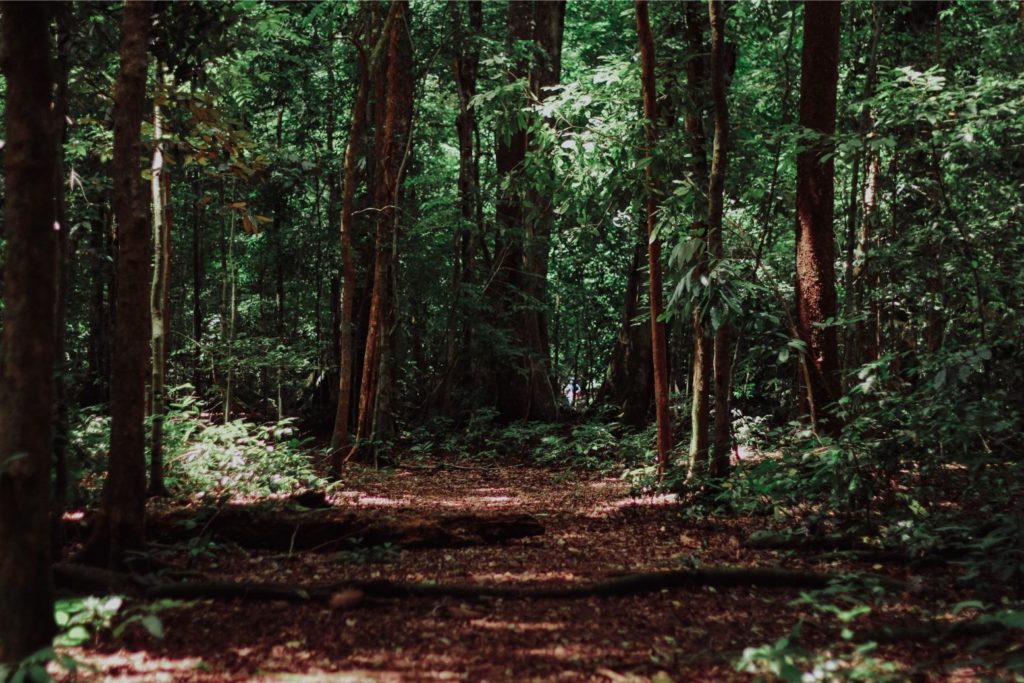The last primeval forest of Europe is to be found near Bialowieza, in Poland. It’s the last big part of the primeval forest that once covered the European Plain. As it has been untouched for such a long time, it is the habitat of tens of thousands of animals and plants, of which some are rare, like the European bison.
Not being impressed by the natural wealth of this area, the Polish government gave permission for large scale logging in this last primeval forest of Europe. Conservationist worldwide, and also the EU, are concerned.
Logging plans in Bialowieza forest

The Polish government has extended the permission to log in the forest of Bialowieza from 48.000 to more than 180.000 cubic meters. The Polish government says this is a necessary measurement, as a large part of trees is threatened by a type of beetle.
However, nature conservationists state this beetle is no threat at all, but actually a naturally occurrence in this primeval forest. Also, the beetles are mainly interested in a certain pine tree, and not at all in the entire forest. The beetle is not a threat at all, but actually a common inhabitant of the forest. The beetle actually replaces weaker trees as a natural process to keep the forest strong.
Government and economic gain
The beetle seems to be used by the Polish government in a highly unprofessional way to support economic gains in the forest. The beetle is used unrightfully as an argument to protect the forest by allowing logging a large part of the forest. They reject commercial motives. However, the beetle actually is interested in the Norway spruce tree, which is not suitable for logging at all, but mainly serves as firewood.
The arguments by the Polish government don’t add up, suggesting mainly economic gains that are covered up with weak arguments to silent nature conservation groups. It clearly seems a commercial argument is being pursued that will allow the logging of hundred-year-old trees.

Conserve forests in Europe
The Bialowieza forest is situated at the border between Poland and Belarus. It covers more than 150.000 hectares. More than 17 percent of this forest has been UNESCO World Heritage since 1979. It is a protected natural area, for its outstanding natural quality. It is good to state that the logging is not planned to take place in the protected part of the Bialowieza forest. However, the biodiversity of the protected part is threatened by the plans.
Furthermore, the plans of the Polish government might be against the EU Natura 2000 program, which aims to preserve and protect biodiversity in Europe.
History of Bialowieza primeval forest
The Bialowieza forest is a primeval forest, so its history goes back a long time. In the past, Europe was covered with large forests. These forests housed a large diversity in vegetation, with varied fauna, flora and shelter for animals. Humans settled in these areas and needed more and more space for housing and agriculture. Humans therefor caused the disappearance of many forests. Wood was needed as a material for building houses, cities, boats, objects, fuel, etc.
The result was that many forests completely disappeared. Several forests have been replanted in recent times. These forest represent what we Europeans think a forest should be. However, these were planted by humans and many of these forests are eventually meant for wood production. Real primeval forests contain an extensive variety of plants and animals that are hardly to be found in new forests. Bialowieza is the last, large, big, primeval forests of Europe that contains this rich diversity.
The ecology of the Bialowieza forest

In this last remaining part of ancient forest diversity in Europe, different trees and plants are to be found. Many animals live here, of which several are rare in Europe. The Bialowiezo forest is situated partly in Poland, and partly in neighbouring Belarus. The Polish side is approximately 10.000 hectares large. The Belarus side is bigger, with approximately 177.100 hectares of forest. The core area is 15.700 hectares, which is surrounded by a buffer zone of approximately 71.400 hectares. This buffer zone is surrounded by a transition zone.
So, although the logging plans of Poland are not planed in the core area, it will take place in the buffer zone and transition zone. As the ecology is highly vulnerable, the logging plans will undoubtedly have an effect on the unique core area of the Bialowiezo forest.
In the primeval forest of Bialowieza, a huge amount of animals and plants are to be found. They are not restricted by ‘core areas’ and ‘buffer zones’, neither by borders of nation states. It contains more than 1200 different tree and plant species, of which summer oaks, winter lime trees, Norwegian maple trees and Norway spruces. The right diversity of animals are, among others, wolves, wild boars, roe deer, lynx, weasels, red deer and elks, but also beavers, bisons and the konik horse. Also many species of birds are to be found in the Bialowieza forest, of which hazel-fowls, nine species of woodpeckers and a rare owl.
Protection under hunting laws
The area of the Bialowieza forest hasn’t always been threatened. In the nineteenth century, the area was a hunting ground for Polish kings and the Russian czars. A road network was build, which still exists. A palace was also build in the area, as a base for hunting missions. This palace was removed in the past.
As royals were to hunt in this area, the fauna needed to be well managed. The animals in the area were therefor fed in the winter months and the forest was well preserved.
Logging also took place in this area, especially after the second world war. Since 2012 logging has been forbidden.
UNESCO World Heritage status
Only 17 percent of the Bialowieza forest has been protected as a UNESCO World Heritage site. It is one of the 197 natural reserves with this status. This status included extra responsibilities by the governments. As nature is highly vulnerable, this status is definitely necessary to protect the Bialowieza forest. The logging plans of Poland is only one example that proves this statement.
Especially economic gains are threatening powers to these natural reserves in the world. Money is always an issue. As this example shows, governments are more and more using excuses and lies to cover these economic gains. In the Bialowieza case, a harmless beetle is used as an argument for economic gain. It proves we need to stay alert to effectively protect our natural reserves. If we don’t, we might lose our natural reserves forever.
Tip: Include the Bialowieza forest in your list of sustainable travel destinations.



